The factors that determine our health go far beyond what happens in the doctor’s office. In this Kenan Insight, we explore how the physical well-being of many Americans has been placed in jeopardy by upstream social and economic factors such as racism, food and job insecurity, and a lack of community and social support systems.
North Carolina Governor Roy Cooper has named Dr. James H. Johnson Jr., William R. Kenan Distinguished Professor of Strategy and Entrepreneurship and director of the Kenan Institute-affiliated Urban Investment Strategies Center, to the newly created Andrea Harris Social, Economic, Environmental, and Health Equity Task Force.

Race, Old Age Vulnerabilities
African American older adults face a major retirement crisis (Rhee, 2013; Vinik, 2015)). Owing to a legacy of racial discrimination in education, housing, employment, and wages or salaries, they are less likely than their white counterparts to have accumulated wealth over the course of their lives (Sykes, 2016). In 2013, the median net worth of African American older adult households ($56,700) was roughly one-fifth of the median net worth of white older adult households ($255,000) (Rosnick and Baker, 2014). Not surprising, given these disparities in net worth, African American older adult males (17%) and females (21%) were much more likely than their white male (5%) and female (10%) counterparts to live in poverty (Johnson and Parnell, 2016; U.S. Department of Housing and Urban Development, 2013a). They also were more likely to experience disabilities earlier in life and to have shorter life expectancies (Freedman and Spillman, 2016).

The Black Elderly: A Call to Action
In this paper, we develop a sociodemographic profile of the most vulnerable African American older adult households. To do so, we draw data from the 2011–15 American Community Survey, which contains linked housing and person records for a 5 percent sample of U.S. population. This dataset literally allows us to peer inside of African American older adult households and in the process identify the major barriers or obstacles to aging in place.
American Community Survey data are used to develop typologies of the generational dynamics and living arrangements of the estimated 1.6 million African American older adult households who will likely encounter the most difficulty aging in place. Policy recommendations and strategies are offered to address the specific barriers and challenges that must be overcome in order for these older adults to successfully live out their lives in their homes and community.
Older adults will drive U.S. population growth over the next quarter century. Projected to grow four times as fast as the total population, older adults will make up 22 percent of the population in 2040, up from 15 percent in 2015.
On October 27, 2017 the Frank H. Kenan Institute of Private Enterprise (Kenan Institute) hosted The Business of Healthcare: Adapting to an Aging Economy at UNC Kenan-Flagler Business School in Chapel Hill, North Carolina. The conference brought together more than 100 attendees representing the diverse interests and perspectives of health care and elder care organizations, medical and pharmaceutical companies, patient advocacy organizations, government agencies and the academic research sector.
Older adults will drive U.S. population growth over the next quarter century. Projected to grow four times as fast as the total population, older adults will make up of 22 percent of the population in 2040, up from 15% in 2015. We believe this population aging can be a new engine for innovation, business development, and employment growth in the U.S.
Older adults prefer to age in their homes rather than in an institution. However, in order to successfully age in place, age-friendly modifications are usually necessary to prevent life-threatening accidental falls and exposure to other environmental risks or hazards that unfortunately are all too common among older adults living in their own homes today.
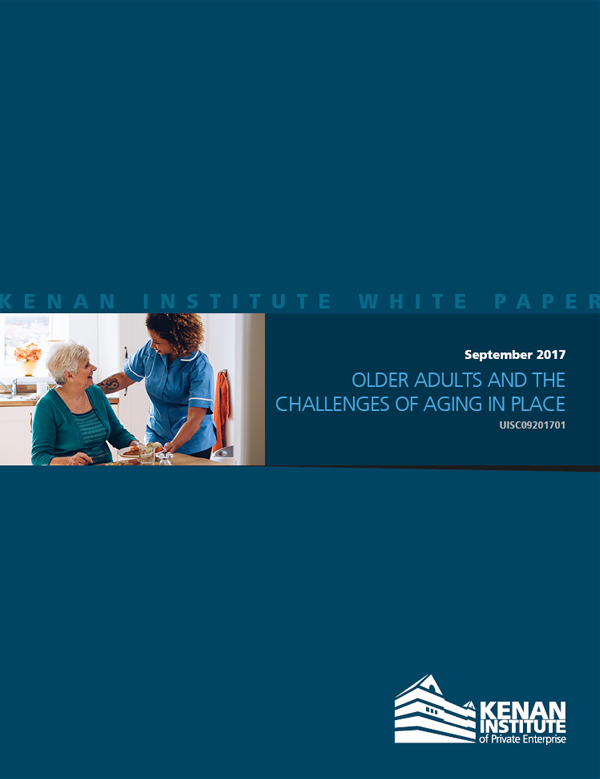
Older Adults and the Challenges of Aging in Place
American Community Survey data are used to develop typologies of the generational dynamics and living arrangements of the estimated 1.6 million U.S. older adult households who will likely encounter the most difficulty aging in place. Policy recommendations and strategies are offered to address the specific barriers and challenges that must be overcome in order for these older adults to successfully live out their lives in their homes and community.
Jim Johnson presented at the North Carolina Local Government Budget Association's 2017 Summer Conference in Wilmington about signs of global aging, key drivers, and opportunities for economic development.



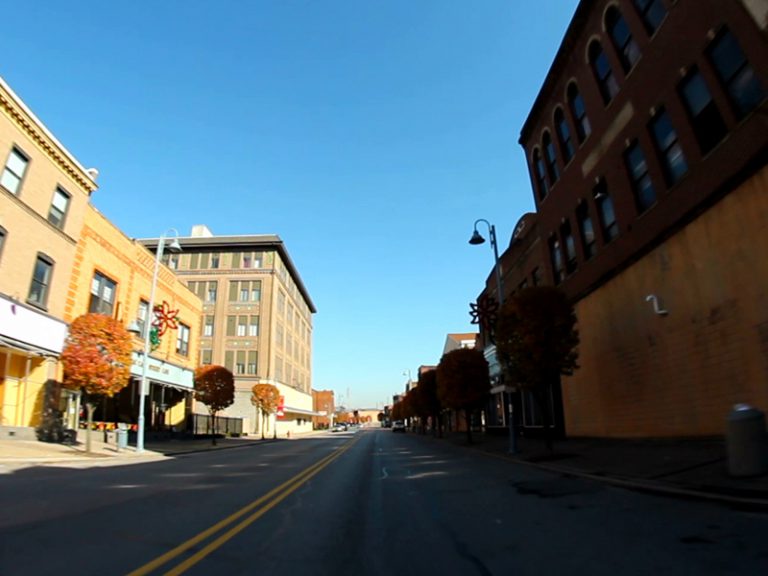
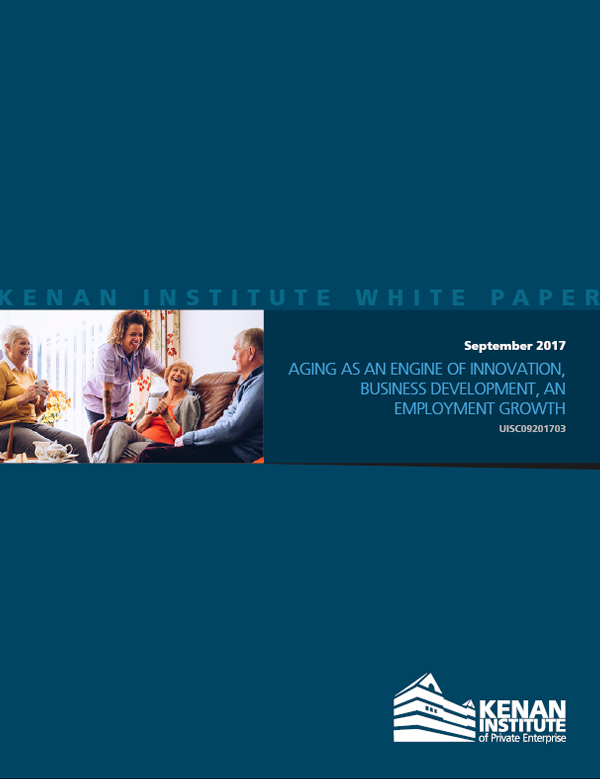
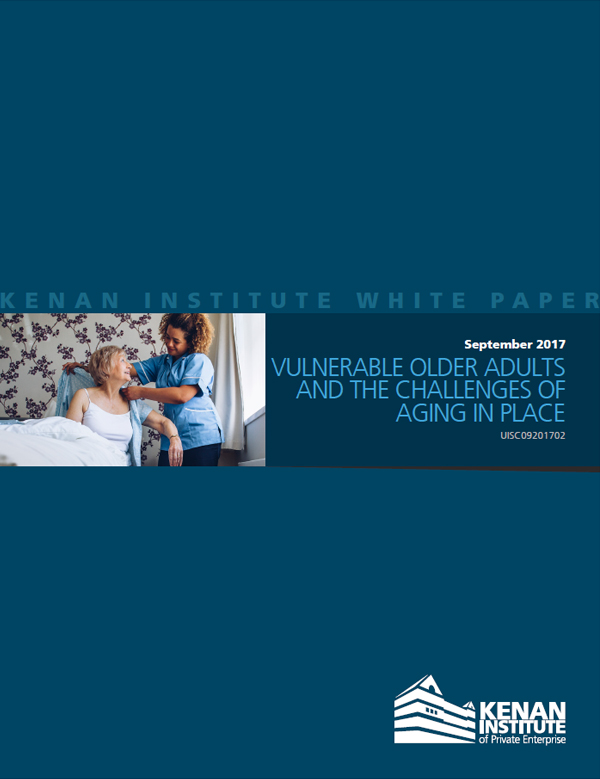
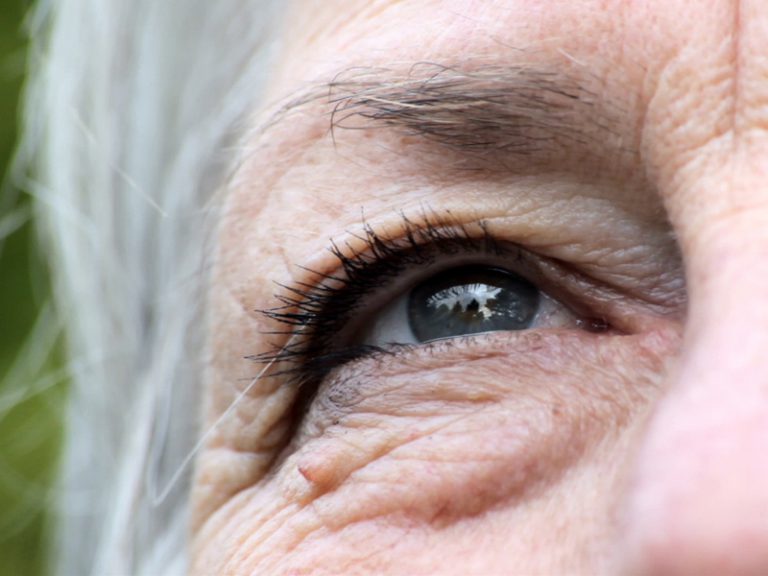
Should We Expect the U.S. Labor Force to Grow Dramatically?
Much has been made about the labor force participation rate, or the percentage of Americans over 16 who are working or actively looking for work — and for good cause, given the number of unfilled vacancies at U.S. firms. If fewer Americans are working, it is going to be harder for firms to staff all of their openings. Currently, 62.2% of adult Americans are working or looking for work. This compares with a historical average of 63.9% in 2019. With 259 million adult Americans, this 1.7 percentage point decrease in the labor force participation rate translates to a missing 4.4 million workers. And the narrative to date has primarily focused on how many Americans made changes following the COVID-19 pandemic (in response to lockdowns, layoffs, health concerns or care responsibilities) and the sizable fraction of these Americans who are still sitting on the sidelines. Given the steady drumbeat of news about how firms are unable to fill all their positions, there is much interest in how and when we expect these workers to return to the labor force. So, when can we expect them to join the labor pool?